Head of Russian Helicopters reported on ‘critical situation’ in Kazan Helicopter Factory
Rostec promises to load the Kazan Helicopter Factory with orders by autumn and calls the four-day week a ‘temporary measure’
A reduction in foreign orders of the Mi-8 and its modifications that caused a problem of capacity load in the Kazan Helicopter Factory (KHF) and a factory in Ulan-Ude became Rostec and Russian Helicopters' pain in the neck. However, shareholders of the KHF tried to not make their capacity public until now. A letter of the head of the state corporation was at Realnoe Vremya's disposal. The situation in the letter is admitted to be critical. Nevertheless, the very factory says they prepared for the crisis that was caused by the end of orders and sanctions of foreign partners against a background of the economic uncertainty a long time ago.
'I inform you that at the moment…'
A letter signed by the head of Russian Helicopters JSC Aleksander Mikheyev about a critical situation in the Kazan Helicopter Factory was at Realnoe Vremya's disposal. The top manager of the helicopter company informs the major shareholder – Rostec – that there was an uneasy situation. So a letter that was sent to Rostec heads (or, to be more precise, the deputy director general on International Affairs of the corporation Dmitry Shugaev and the deputy director general of Rosoboronexport JSC Sergey Goreslavsky) starts with the following words: 'I inform you that at the moment there is a critical situation in terms of the production capacity loads of the Ulan-Ude Aviation Factory JSC and the Kazan Helicopter Factory PJSC whose main nomenclature is Mi-8/17/171. The author of the letter gives to understand that 'it will be necessary to reduce capacities of the factories and their staff, which is not acceptable in the current economic conditions and on the eve of the Russian State Duma election' without new orders.
Here suffice it to remember that both helicopter factories have already switched to a four-day week. So the KHF has been having a four-day regimen since 1 July for three months. And its colleagues from Buryatia started to have a shortened work day in August.
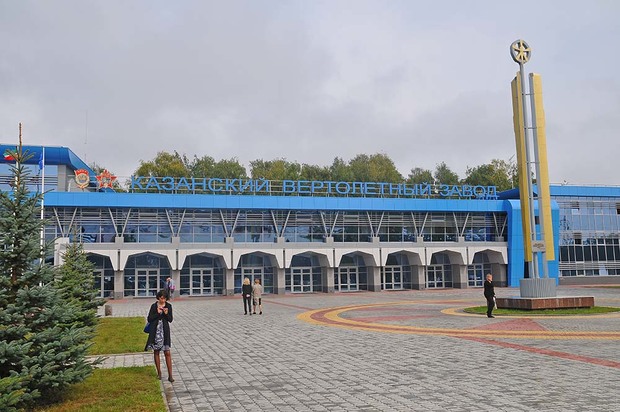
Flexible terms for a foreign client
What decision does the administration of Russian Helicopters offer? The defence industry companies ask the major shareholder to start an active work with a foreign client.
For instance, in Aleksander Mikheyev's opinion, an analysis of the helicopter fleet of foreign clients demonstrated that nowadays over 900 Mi-8 utility helicopters that were produced before 1990, which account for about 30% of the whole Mi-8 helicopter fleet, are used.
'Taking into account the necessity to renew the helicopter fleet of foreign clients, avoid substitution of the Mi-8/17 with helicopters of foreign origin and load operational capacities of Russian helicopter engineering factories, I am asking to give instructions to send addresses to foreign clients mentioned in the appendix… with offers on the renewal of their utility helicopter fleets,' the head of Russian Helicopters writes. It is also considered opportune to give corresponding instructions to foreign representative offices of Rostec to discuss the renewal of utility helicopter fleets with foreign clients'.
Foreign clients are offered 'flexible terms on pricing and calculations (payments by instalments, reduction of prepayments, trade-in, a longer guarantee period, liabilities on its maintenance after sale).
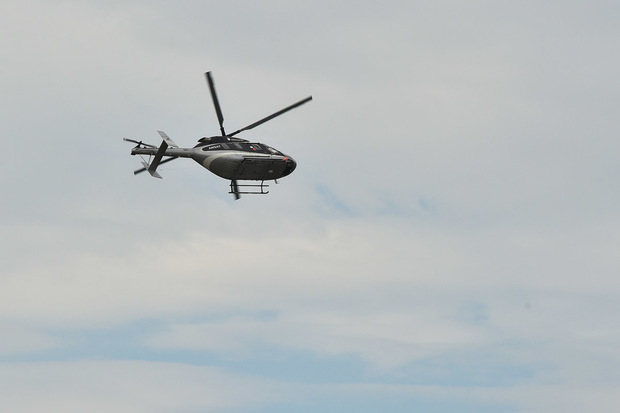
All factories will have had work by autumn
Realnoe Vremya sent requests to the KHF and Russian Helicopters, but the newspaper did not receive any answer. But it managed to know the position of Rostec.
Here they hope that the KHF and the factory in Ulan-Ude will have work from autumn. 'Preliminary orders' give such hope. But no details are given.
Now the KHF is working on a defence order. 'Nowadays the enterprises are manufacturing vehicles on the State Defence Order for the Ministry of Defence of Russia. We don't reveal the number of vehicles that were ordered because this information is the data that refer to classified information. Moreover, the KHF is mastering a series production of the Mi-8,' Realnoe Vremya was told in Rostec.
The state corporation calls the shortened week a 'temporary summer measure'. At the same time assembly and paint shops, flight test complex of the KHF are working to full capacity,' the company explained. 'We appreciate our personnel. This is why we are doing our best in order to avoid lays-off in enterprises. Particularly for this reason, a part of the workers started to have a shortened working week, and the general level of salaries is conserved. It was an optimal decision when there was a low liquidity in factories. Having taken these measures, we have completely saved our collective'.
At the same time it seems that Rosoboronexport will be actively engaged. There is an agreement to promote utility helicopters to foreign markets from 2016 to 2019 in order to increase the volume of export supplies. What is more, the company is promoting transport vehicles and orienting to Russian and international markets.
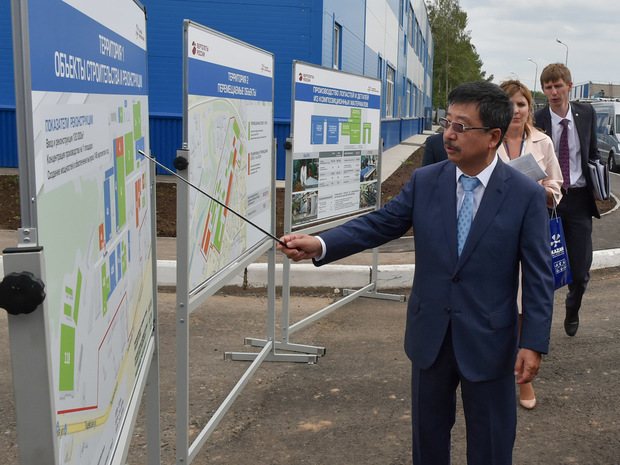
Revenue dropped twofold
At the moment the latest economic indicators of the KHF are not great. So at the end of August, the Kazan Helicopter Factory published its IFRS financial statement for the first quarter of 2016. Almost all financial results of the enterprise have worsened, compared to last year's first quarter.
For instance, one of the main indicators of the activity of the company – revenue – has made up 11,8bn rubles in the first quarter of 2016. The sum seems to be insignificant if we forget the status of the company and don't see last year's results. The analogous indicator in the first quarter of 2015 was two times more. It was 24,3bn rubles.
A more anxious thing is that the enterprises did not manage to reduce the prime cost of goods. It has insignificantly decreased – just 1,64 times. As a result, the gross profit of the Kazan Helicopter Factory has reduced more than the revenue. In comparison with the analogous period in 2015, it has shrunk 2,6 times: from 13,6bn rubles to 5,2bn rubles.
Consequently, deducting financial incomes and costs and income tax, the indicators of the helicopter factory have been in the red. If in the middle of 2015 the sales income was 4,8bn rubles, the profit turned into a loss after the first quarter 2016 equal to 1,5bn rubles.
Taking into consideration that the number of shares of the enterprises has increased by 7m up to 161,5m shares within a year, every share lost 9 rubles. The shareholders were able to be glad about 31 rubles per share only a year ago.
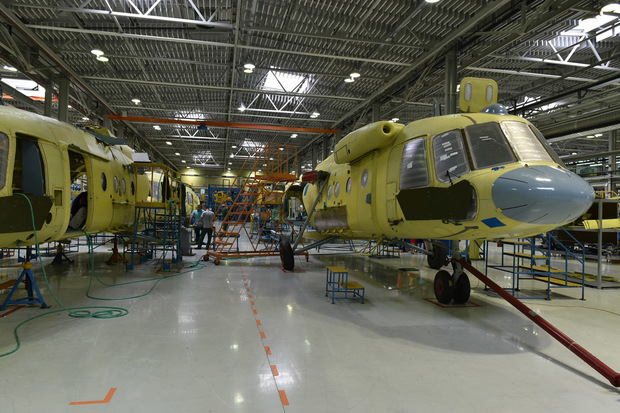
Fewer helicopters, more technical maintenance
One could notice a funny but unpleasant tendency in the structure of the company's revenue: the Kazan Helicopter Factory started to produce fewer helicopters. There has been a noticeable reduction in helicopter production and rise in services and technical maintenance within a year.
If in the first quarter in 2015 helicopters accounted for 21bn out of 24,3bn rubles of the total revenue of the company, which have made up over 86% of revenue, this year their share has reduced to 67%. This year the revenue has come to 7,9bn out of 11,8bn rubles of the total revenue in the first quarter of 2016.
At the same time services and technical maintenance have increased not only relatively but also absolutely. Last year technical maintenance gave the Helicopter Factory 3,14bn rubles, which has accounted for 13% of the total revenue. This year technical maintenance has been 3,7bn rubles or almost a third of the total turnover of the company.
Indian and American orders accomplished, what happens next?
Significant changes took place in the structure of the revenue in terms of clients' geographical location. Last year 2/3 of the revenue – 15,7bn out of 24,3bn rubles – were received from Asian clients.
Russian clients were runners-up – they had ¼ of the revenue or 5,9bn rubles. Other regions had fewer noticeable positions. Africa ranked the third with 7% of the revenue or 1,8bn rubles.
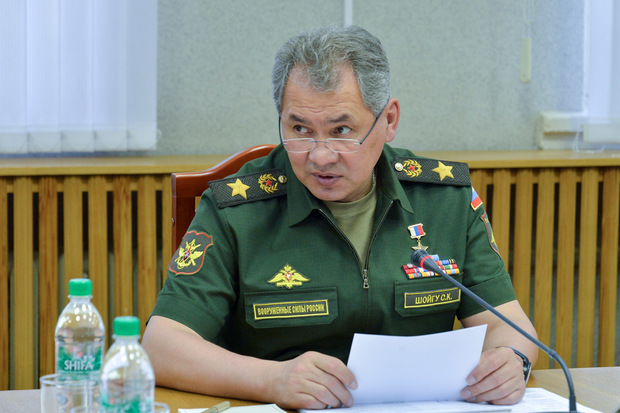
This year the state of affairs has drastically changed. First of all, it is necessary to note a gigantic fall in the turnover with the participation of Asian clients. They have maintained their first position in the Helicopter Factory's revenue structure. However, they have given 5,5 times less money than in 2015. This year they have paid just 2,8bn out of 11,8bn rubles of the total revenue or a bit less than ¼. It should be understood in February 2016 it was announced that the contract on delivery of 151 vehicles with India expired. Moreover, a contract on delivery of 63 helicopters, which were sent to the Afghan Army, with the USA ended at the end of 2014. By the way, now the Russian aviation industry is pinning its hopes on India that insinuated on the former Innoprom exhibition in Yekaterinburg that it was ready to purchase 80 Mi-17 helicopters more. But no steady accommodation has been reached yet. As a consequence, now the production of the KHF is accomplishing Shoigu's order. Although the share of Russia in the structure of the order in the first quarter has significantly reduced – 2,5 times. Payments from domestic clients have made up 2,4bn rubles or 20% of the total revenue this year.
CIS countries, who increased their indicators, took the third position. The amount of orders from these countries has increased 2,6 times within a year – up to 2,1bn rubles. Now CIS countries account for about 18% of the total revenue of the company. And Africa has one of the most stable indicators: it has slightly changed in the first quarter. Orders at 1,8bn rubles were made, which is 15% of the revenue.
Finally, America rounds out the list. Despite the bottom position it is taking, it has increased its indicators as no other country – an 8,3-time growth than in 2015. This year the USA have already given the factory 1,3bn rubles, which is 11% of the total revenue.